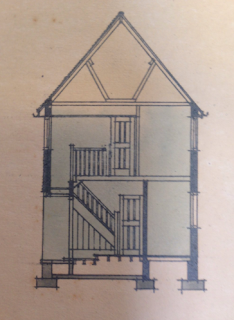PRESS RELEASE no: 2013/03
 |
| James Garner |
The site’s page has links enabling people to ‘Like’ the Estate on Facebook, Follow it on Twitter or send it emails.
These facilities have been developed by Progress resident James Garner. James, who can trace his family’s life back to the creation of the Estate, said ‘I am delighted to have been asked to develop these facilities. If residents of all ages are to feel part of our community, it is important that we offer 21st century methods of communication and information as well as more traditional printed material’.
 |
| Rita Billinghurst, Chair |
Rita Billinghurst, Chair of the Association, said ‘Adding these facilities to our plans for celebrating our centenary in 2015 is key to our communicating with all those living on our Estate. Equally importantly, it allows everyone with an interest in our Estate to follow and be part of our activities. This group includes both large numbers of people who used to live here but have moved away as well as others who are interested in our history. Ideas from everyone will enable us to develop the site and its links in the best possible way’.
Note for Editors:
Originally named the Well Hall Estate, The Progress Estate was built in 1915 to provide housing for the many additional workers the Woolwich Arsenal needed to manufacture the armaments required by the services during the First World War. Conservation Area status was granted in 1975, in recognition of its unique architectural character.
For additional information, please contact:
Keith Billinghurst
Progress Residents Association committee member
56 Arsenal Road
Eltham
London SE9 1JY
tel: 020 8856 5593 or 07962 877389
email: TheProgressEstate@Gmail.com
Twitter: @ProgressEstate














